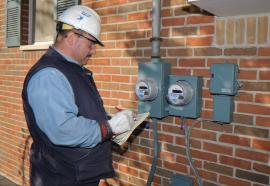The 40 Best Energy Companies
(September 2010) Capital spending and commodity prices are driving changes in financial performance. The 2010 Fortnightly 40 report shows growing success for companies with substantial unregulated assets. As the industry resumes its Big Build, regulatory relationships will determine the long-term strength of utility shareholder returns.











